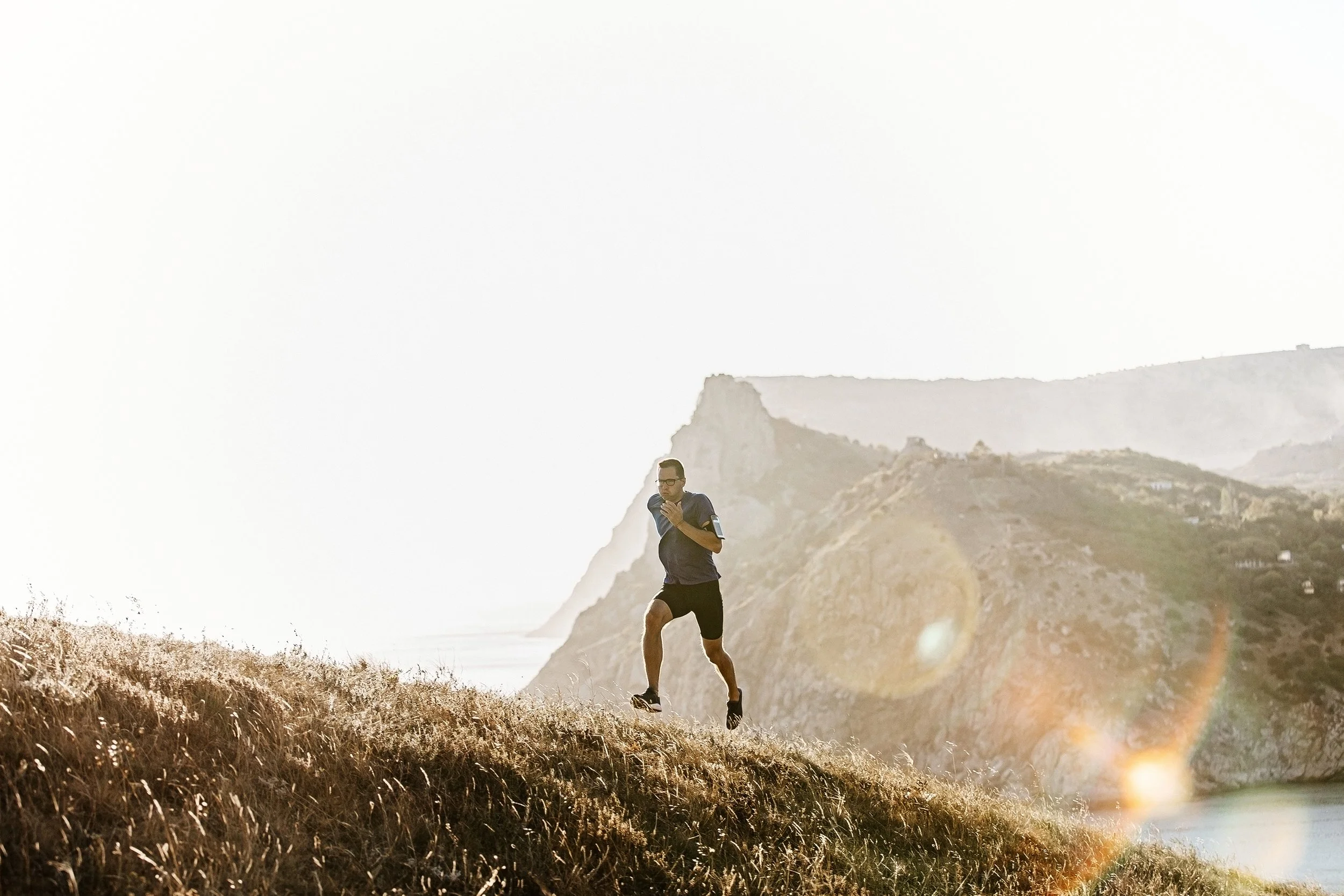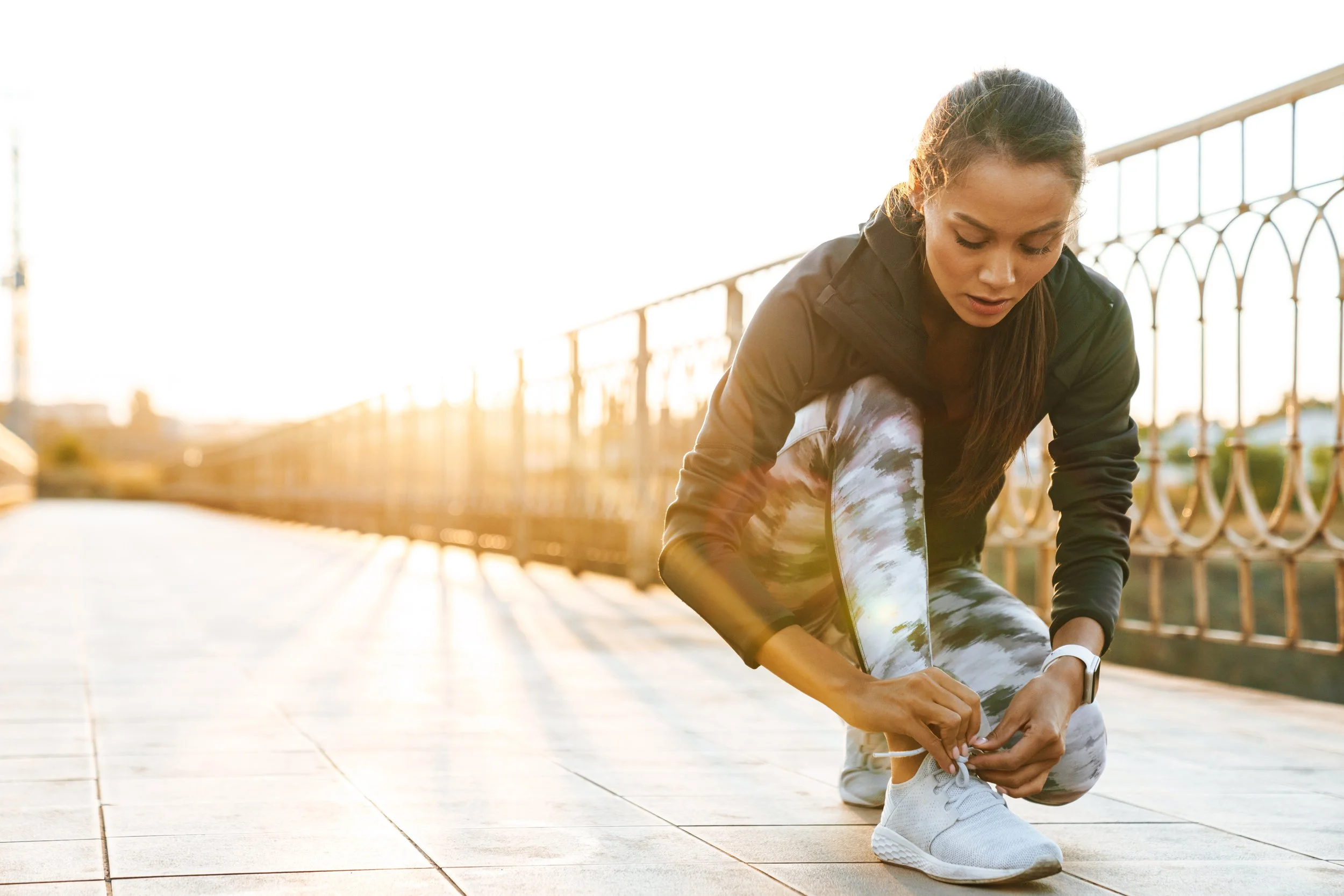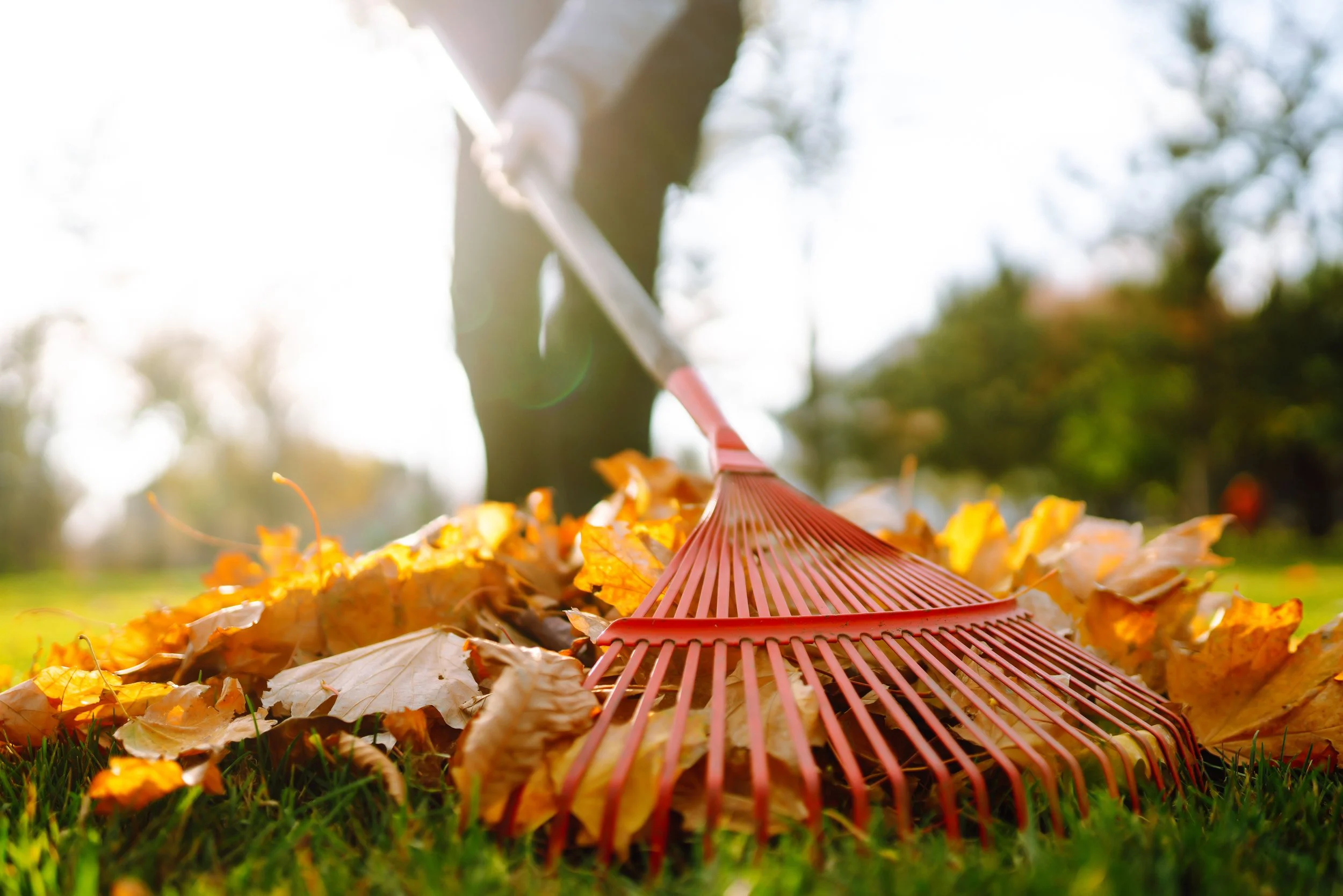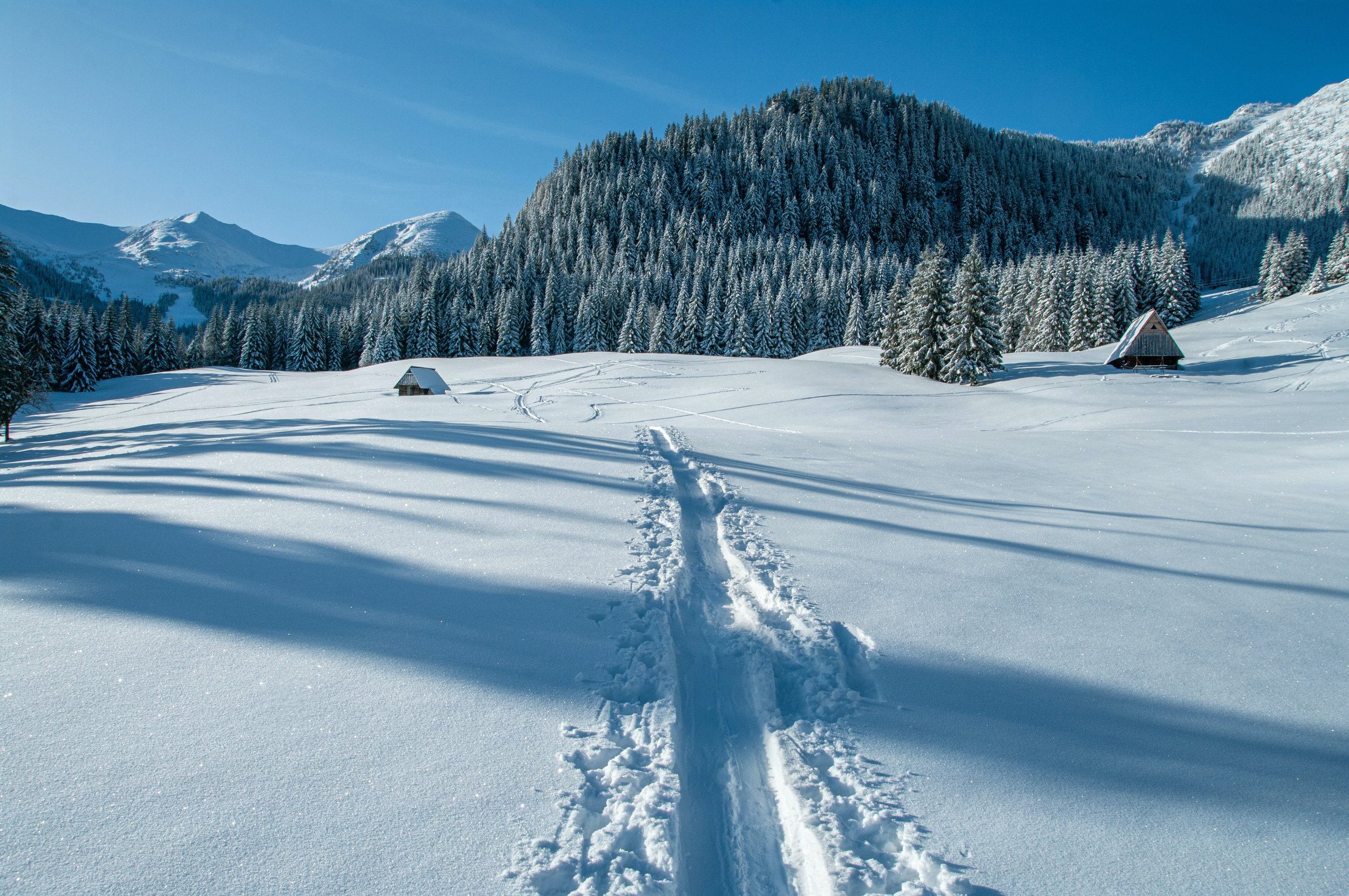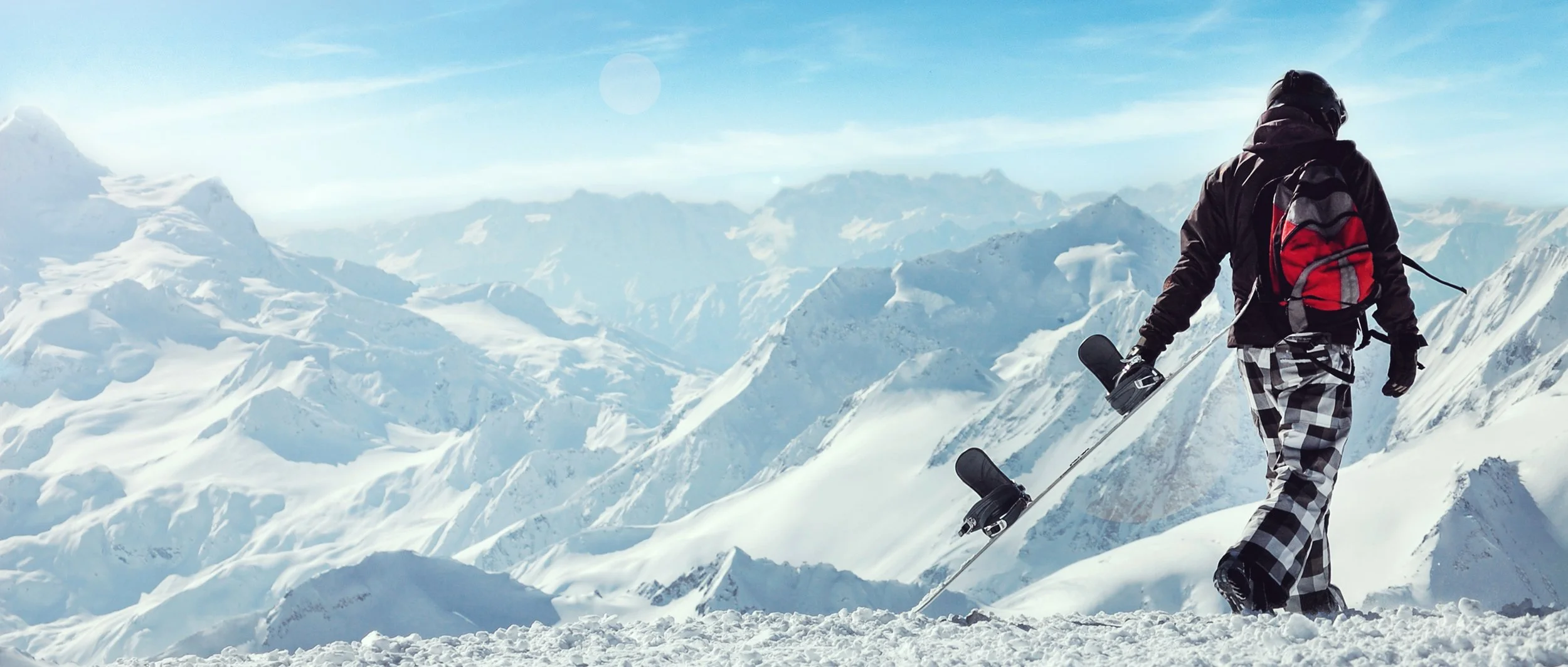As most people learned to punt last year, outdoor recreation was one of the activities that people could do to keep busy while social distancing. There was an explosion in Nordic (cross-country) and backcountry skiing. These often get confused as the same thing but they are very different sports requiring quite different equipment and are different altogether than resort skiing. With resort skiing, injuries tend to be more traumatic such as occurs when crashing at a high speed or misjudging a turn. Resort or inbounds skiing was covered in a past blog so we will turn attention to Nordic and backcountry skiing now. In these disciplines, injuries tend to result from repetitive stress. Pole length, pole grip and pole adjustability are very important with Nordic and backcountry skiing to avoid overuse. It can be helpful to understand the benefit of sport-specific training when one has a good grasp of what each sport requires. This is especially important when starting a new sport as it will help to develop appropriate training habits while learning form and ultimately will optimize performance.
Winter is Coming
Winter is coming! With another La Nina year in the forecast, the PNW is in for another cold and wet season. For all of you powder dogs out there, this means one thing– SNOW. I’ve been waiting since August for snowboarding season to come along, and the time has finally come. It's time to shred the gnar! I picked up snowboarding a few seasons ago and it has become my latest obsession (possibly even more than spikeball). One of the reasons I’ve learned to love it so much is because it allows me to get outside during the winter. The Seattle area is notorious for its gray, gloomy, and dark winter days, and that plays a huge role with my mood at this time of year. My perspective has changed completely since learning how to get out on the slopes each season. Now I actually get excited for those drizzly days, because that means more freshies up at elevation and all the more epic of runs on the upcoming weekend.
Just starting out on your snowboarding journey? For all you first timers out there, know that you will be spending a lot of time on your butt during the first few times you’re on the mountain. Generally speaking, snowboarding is usually harder to learn, but easier to master; alternatively, skiing is easier to learn but harder to master. However, don’t let this discourage you– the growing pains are worth it once you start completing those S-turns. To start off, you can figure out if you prefer a “goofy” or “regular” stance before even setting foot on the snow. This video by LWPT’s own Katie Hutchins Do You Ride Regular or Goofy? || REI will help you determine which foot will be your lead foot. Understanding which stance you are more comfortable with will play a huge role in your ability to balance and turn. Knowing the basics before going to the mountain will help make a day on your tushy a little easier. You can also watch this video How to Snowboard - the basics of riding for your first day | REI to learn how to navigate the mountain on your first day.
Precautions for Hiking
To the Mountains!
As most people learned to punt last year, outdoor recreation was one of the activities that people could do to keep busy while social distancing. There was an explosion in Nordic (cross-country) and backcountry skiing. These often get confused as the same thing but they are very different sports requiring quite different equipment and are different altogether than resort skiing. With resort skiing, injuries tend to be more traumatic such as occurs when crashing at a high speed or misjudging a turn. Resort or inbounds skiing was covered in a past blog so we will turn attention to Nordic and backcountry skiing now. In these disciplines, injuries tend to result from repetitive stress. Pole length, pole grip and pole adjustability are very important with Nordic and backcountry skiing to avoid overuse. It can be helpful to understand the benefit of sport-specific training when one has a good grasp of what each sport requires. This is especially important when starting a new sport as it will help to develop appropriate training habits while learning form and ultimately will optimize performance.

